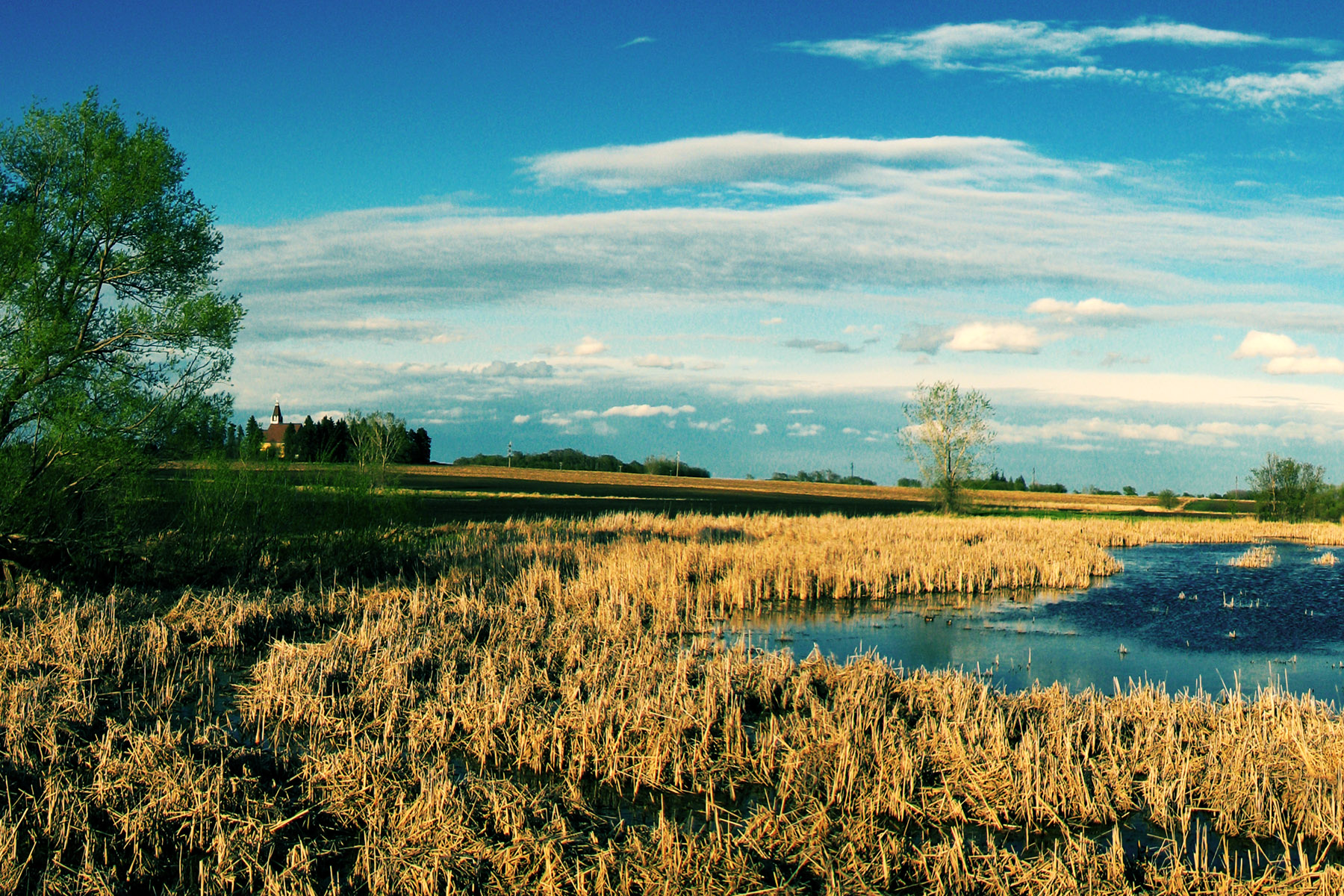On everything from healthcare to immigration, President Trump has been busy doing 180s on Obama-era policy. This week, he set his sights on a controversial expansion of the Clean Water Act.
You can listen to our conversation with Politico’s Annie Snider and attorney Larry Liebesman on this week’s episode of the Trump on Earth podcast. Reporting by Julie Grant and Kara Holsopple.
“Clear as mud.” That’s how former Justice Department attorney Larry Liebesman appropriately describes how murky the debate has gotten over an Obama-era environmental rule known as the Clean Water Rule.
But the basic storylines (and battlelines) are pretty clear. Back in 2015, the Environmental Protection Agency released what it dubbed a “clarification” of the Clean Water Act to remove the ambiguity over which of the country’s waterways were covered. The basic argument was this: The Clean Water Act protected certain bigger waterways, but many smaller waterways that feed those larger waterways weren’t protected. So to actually safeguard (in practice and not just theory) the waterways that were already regulated, you really had to protect those smaller waterways too. Indeed, without this new Clean Water Rule, more than 100 million Americans would continue to get their drinking water from waterways that aren’t currently covered by the Clean Water Act.
But when the rule came out, 30 states sued the EPA — mainly because it was seen as a regulatory overreach that was bound to trip up business and industry.
“This is big bucks for a lot of industries,” says Annie Snider, who’s been covering the issue for Politico. “Pretty much anybody or any industry that works across the landscape is going to run into a stream or wetland that’s protected under the Clean Water Act. And the way that the Clean Water Act is implemented is that if I’m a developer, I’m going to have to get a permit to impact that wetland. And most permits require you to restore another wetland for every one that you damage. And that gets really expensive.”
For now, the Supreme Court has hit the pause button on the rule. But President Trump says he’d like to give it the axe altogether, and recently signed an executive order directing the EPA to get moving on that. The question is, how easy will it be to actually do that?
“The Trump administration can’t just say, ‘Well, we don’t like the rule, we’re going to vacate it,’” Larry Liebesman says. “That gets a lot more problematic, because if an agency decides to vacate a rule or modify it, they have to go through a formal rulemaking process.”
In short, the administration can’t rescind the rule arbitrarily. It has to have a reason. And the Obama administration appears to have done its due diligence in ensuring that a quick-and-dirty repeal will be difficult— submitting a 300-page legal and scientific defense of the rule. Under the rulemaking process, the Trump administration will have to directly counter the scientific data and legal arguments in that document.
“The Trump administration can’t just say, ‘Well, we don’t like the rule, we’re going to vacate it.’”
Add all this to the fact that the Supreme Court has sent the current legal dispute over the rule to a lower court (where it might not be heard until October) and Politico’s Annie Snider says we shouldn’t expect a definitive resolution any time soon.
“There are different ways it could play out,” Snider says. “It’s possible that we would see this rule or another rule go into effect while the litigation plays out. But fundamentally, it’s going to be the Supreme Court that takes on this issue once more; or Congress is going to have to step in and provide some legislative clarity. There have been a number of efforts to do that in recent years. But they’ve never been able to get the votes. It’s such a contentious issue. Confusion is likely to reign for a good while longer.”



